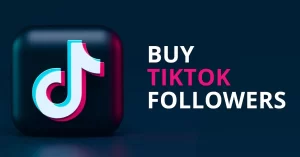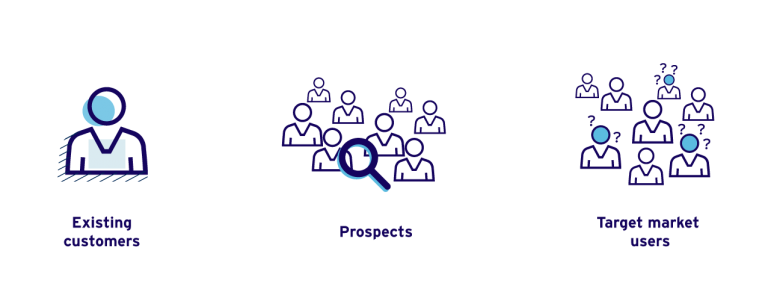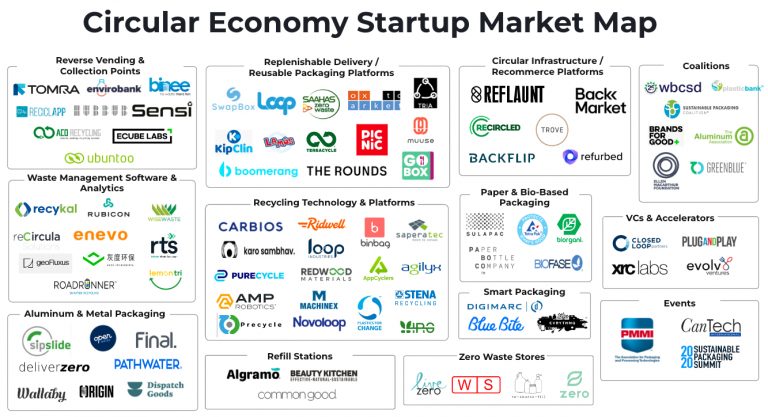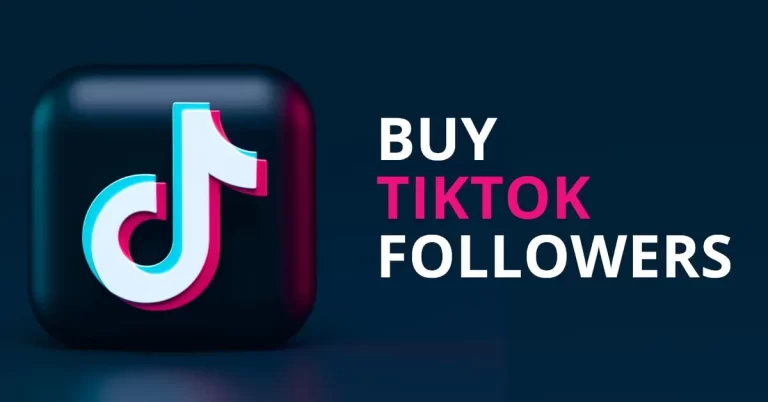Introduction:
Dollar General, a ubiquitous presence in the American retail landscape, has become a go-to destination for budget-conscious shoppers seeking everyday essentials at affordable prices. As we explore the vast expanse of the retail giant, the question of ownership arises. Who holds the reins of this retail empire that has established itself in countless communities across the United States? In this article, we embark on a journey to unravel the intricate web of ownership behind Dollar General.
The Genesis of Dollar General:
It traces its roots back to 1939 when J.L. Turner and his son Cal Turner founded the first store in Scottsville, Kentucky. The concept was simple yet revolutionary – provide customers with a selection of merchandise at rock-bottom prices, most items priced at just one dollar. This approach resonated with consumers, and the company expanded steadily over the years, weathering economic storms and evolving retail landscapes.
Public Ownership:
It transitioned into public ownership in 1968 when the company went public and began trading on the New York Stock Exchange under the ticker symbol DG. This move allowed the company to access additional capital to fuel its expansion plans. However, being a publicly traded company means that Dollar General has a diverse ownership structure, with shares owned by a multitude of individual and institutional investors.
Dollar General’s Shareholders:
The ownership of It is distributed among a vast array of shareholders, including individual investors, mutual funds, pension funds, and institutional investors. As of my knowledge cutoff date in January 2022, major institutional shareholders include investment firms like Vanguard Group, BlackRock, and State Street Corporation. These entities manage investment funds that hold shares in Dollar General, making them significant stakeholders in the company.
Leadership and Executives:
While public ownership allows for widespread investment, the day-to-day operations and strategic decisions at It are overseen by its leadership and executive team. The top executives, including the CEO, CFO, and other key figures, play crucial roles in steering the company toward its goals and ensuring its continued success.
Todd Vasos, who served as the CEO of It since 2015, has been instrumental in the company’s growth and adaptation to changing retail trends. Leadership changes may occur, and it’s essential to stay updated on the latest developments to understand the current dynamics of Dollar General’s executive team.
Acquisitions and Strategic Moves:
Understanding the ownership of It also involves examining the company’s strategic moves and acquisitions. Over the years, It has made strategic acquisitions to enhance its market presence and cater to a broader customer base. The ownership of acquired entities can add complexity to the overall ownership structure.
One notable acquisition was Dollar General’s purchase of Family Dollar in 2015. The acquisition, valued at $9.1 billion, aimed to strengthen Dollar General’s position in the discount retail sector. However, the deal underwent rigorous scrutiny by antitrust regulators to ensure it did not create a monopoly and harm competition in the industry.
Community Engagement and Local Impact:
Beyond the realm of corporate ownership and financial intricacies, Dollar General has a significant impact on local communities. With stores in rural and urban areas alike, Dollar General often becomes a lifeline for residents, providing access to affordable household essentials.
The company’s commitment to community outreach and philanthropy also contributes to its overall image. Dollar General has been involved in initiatives supporting literacy, education, and disaster relief. Understanding the corporate social responsibility aspects of Dollar General adds depth to the narrative of who owns and influences the direction of the company.
Challenges and Future Prospects:
No exploration of Dollar General’s ownership would be complete without considering the challenges and opportunities the company faces. The retail industry is dynamic, influenced by economic shifts, technological advancements, and changing consumer preferences.
E-commerce, for example, has become a dominant force in retail, challenging brick-and-mortar establishments. Dollar General has responded by embracing online sales and enhancing its digital capabilities. How the company navigates these challenges and positions itself for the future is intricately linked to the decisions made by its leadership and the overall ownership structure.
Conclusion:
In the realm of retail giants, Dollar General stands as a testament to the enduring appeal of affordable, everyday products. Its journey from a small store in Kentucky to a nationwide retail powerhouse involves a complex web of ownership, including individual and institutional investors, executives, and, indirectly, the communities it serves.
The intricacies of Dollar General’s ownership reflect the diverse landscape of modern corporate structures. As the company continues to evolve, understanding its ownership becomes not just a matter of financial curiosity but a lens through which we can analyze its resilience, adaptability, and impact on the communities it calls home.























+ There are no comments
Add yours